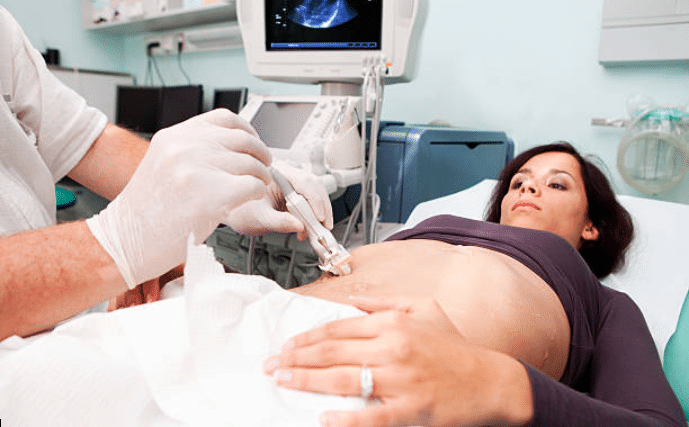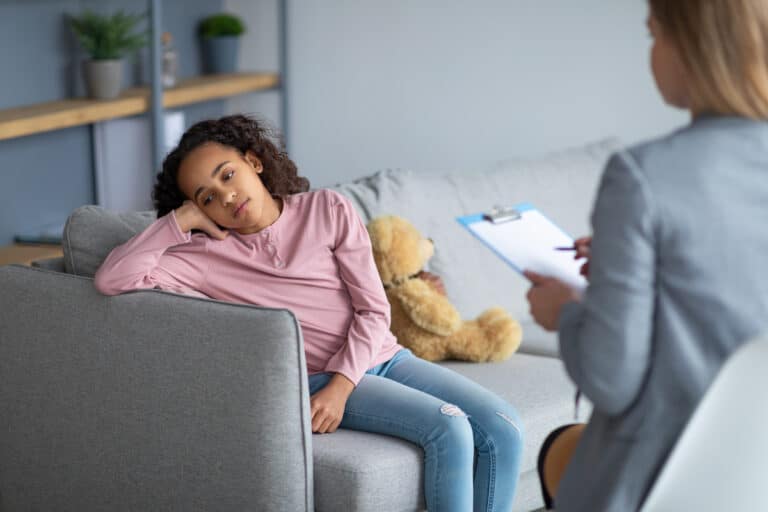As the main support structure in the human body’s musculoskeletal system, the spine is crucial to everyday bodily functions that have to do with movement and stability. It comprises parts like the spinal cord and nerves, which facilitate communication with the human brain, and the vertebrae, or the individual bones in the spine that support and protect the spinal cord.
Good spine health on the part of the patient makes it easier for them to walk upright, balance themselves, and get the full range of movement in their day-to-day activities. But many people are afflicted with spine deformities that can hamper both their mobility and stability. If left unexamined and untreated, such deformities can cause pain, fatigue, weakness, and other significant ramifications to a patient’s health and well-being.
Below is a guide to four common spine deformities, how they manifest, and how to go about seeking proper diagnosis and treatment. This information will be very useful to you if you suspect that you have a spine deformity, or if you have a loved one who is suffering from spinal problems related to any of these.
1. Scoliosis
Perhaps the most well-known of the spine deformities on this list is scoliosis. Scoliosis is a condition that involves an abnormal lateral curvature in the spine along its coronal, sagittal, and axial planes. An estimated 2% to 3% of the world’s population have some form of scoliosis, which makes it one of the most common spine deformities. In addition, idiopathic scoliosis (scoliosis that cannot be attributed to a definite cause) occurs in many of Singapore’s adolescents, with 2.2% of Singaporean girls between the ages of 13 and 14 suffering from the condition.
The severity of a patient’s scoliosis condition is measured using the Cobb angle, which describes the scoliotic curve’s distance from being straight. Mild scoliosis involves curvatures that are less than 25°, moderate scoliosis involves curvatures that are between 26° and 40°, and severe scoliosis involves curvatures that exceed 40°. The condition is regularly monitored through doctor’s examinations and x-rays, and treatment may involve bracing, surgery, and therapy in accordance with the severity of the case.
2. Kyphosis
Kyphosis is a spinal deformity that is characterised by an exaggerated outward curve, typically in the thoracic spine. It manifests as a noticeable hunch or hump-shaped formation in the upper back. Though it is often associated with the elderly, kyphosis can occur in people of all ages. Sometimes it is congenital, and sometimes it can develop at a young age due to poor posture. A patient’s history of spinal surgery and conditions like disc degeneration can also contribute to their risk of kyphosis.
Treatment of kyphosis will depend on the severity of the case and the individual needs of the patient. Doctors often opt for conservative treatments consisting of support devices, medication, therapy, and exercise before considering surgical interventions like spinal fusion.
3. Lordosis
In contrast to kyphosis, lordosis is a spine deformity that pertains to the curvature of the spine too far inwards. Also called “swayback,” lordosis can be distinguished by the protrusion of the abdomen as well as the buttocks. Lordosis can be congenital, a result of trauma from an accident or sports injury, or an effect of a laminectomy or surgical procedure that removes part of the patient’s vertebral bone. In the last case, it occurs because the removal of the vertebral bone causes curvature and instability in the spine.
Lordosis treatment can involve the prescription of pain medication, bracing, physical therapy, and other interventions to manage any underlying causes. Surgical procedures to correct the lordosis can be considered if the patient’s nerves are at risk or if they’ve incurred spinal damage as a result of their condition.
4. Spondylolisthesis
Spondylolisthesis is a spine condition that occurs as a result of a vertebra slipping out of its rightful position. As a result, the patient’s vertebrae move around more often than they normally should, potentially putting pressure on one of their nerves and causing them pain and discomfort. This condition is different from the similar spine condition of spondylolysis, which involves stress fractures on one of the spinal bones. It can, however, be a consequence of spondylolysis if the fracture or crack in the spine induces a slippage of the vertebra. It’s also possible for a patient to have congenital spondylolisthesis or to suffer from degenerative spondylolisthesis due to old age.
Non-surgical interventions for spondylolisthesis include rest, injections of steroid medications into the affected area, prescription of non-steroidal anti-inflammatory drugs, bracing, and physical therapy. Surgery is typically recommended for high-grade spondylolisthesis in which the patient is suffering from severe pain and still manifests spondylolisthesis symptoms like muscle spasms, back stiffness, and weakness despite already receiving non-surgical treatments.
Notes on the Diagnosis and Treatment of Spine Deformities
Spinal deformities are diagnosed via x-rays, EOS imaging, computerised tomography (CT) scans, or magnetic resonance imaging (MRI). After a doctor has assessed the severity of the condition and its chances of progressing, they will recommend the appropriate surgical or non-surgical interventions to their patient. These interventions will be followed by periodic check-ups to monitor the patient’s health and quality of life.
For a safe and productive start to your treatment of a spine deformity, consult a medical professional about the condition as soon as possible. Only a medical doctor and their team will be able to diagnose something as delicate as a spine problem and assign a treatment that will not endanger you further. Find a healthcare facility in Singapore that specialises in spine treatment, and follow the doctor’s orders for safeguarding your spine health.










![Home Renovation Guide [2025]](/app/uploads/2021/04/design-hacks-1-378x300.jpg)
